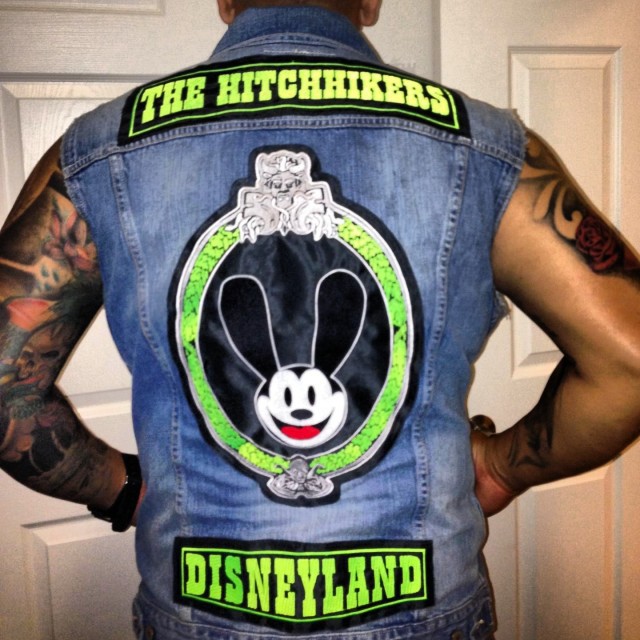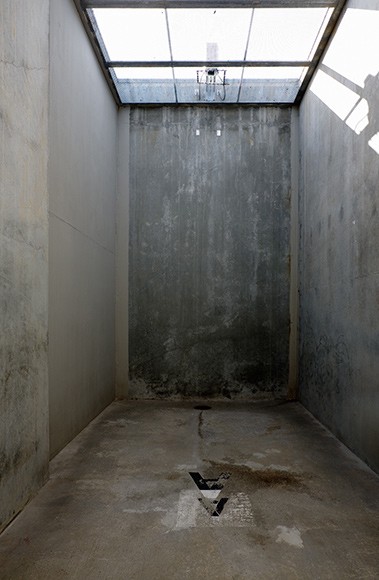Two Gang Stories

OC Weekly covers the fascinating story of subcultures at Disneyland:
[…]In the late 1960s, Disneyland dealt with hippies and anarchists, most infamously in the 1970 Yippie invasion of Disneyland, which saw hundreds of “long hairs” conquer Tom Sawyer Island, block major thoroughfares, get into fights with security and police, and force an early, unexpected closure — one of only two times Disneyland has officially closed early for a non-private event. (The other time was 9/11.) The park dealt with legitimate gang issues in the 1970s and 1980s; in the late 1990s came an influx of teenagers, drawn by more youth-centric attractions and a dramatic drop in the cost of an annual pass. Disneyland became popular with “Gothics,” who formed what might be the first proto-social club: the Disneyland Arcane Crew (DAC).
Today, there are over 90 faux-tough social clubs who come to Disneyland regularly “for fun, for friendship — and to uphold Walt Disney’s Magic Kingdom ideal.” They’re named things like “Pix Pak, Disney Resort Imbeciles, Mickey’s Outlaws, the Hitchhikers and Walt’s Misfits,” and dress like motorcycle clubs except with personal “flair” added (“the Sons of Anakin hang light sabers from their vests”).

Then, at NYMag, an absolute must-read about a massive hunger strike organized under the improbable conditions of interminable solitary confinement in a California supermax prison (pictured, at left, is Pelican Bay’s “exercise yard”):
Convicts stay in their cells 23 hours a day and leave only to exercise in a concrete room, alone; their meals are fed into their cell through a slot. Other than an awareness that they are staring at the same blank wall as seven other men kept in their “pod,” they are completely alone. Ashker has been there since 1990; in his view, he has been subject to nearly a quarter-century of continuous torture. “I have not had a normal face-to-face conversation with another human being in 23 years,” he told me recently, speaking from the other side of a thick plate of glass.
Men in the SHU shouted at each other through the concrete walls until they had a plan; they wrote to activist groups and to friends and family, who spread the word to other prisons in the state.
It turned out to be the largest coordinated hunger strike in American history. On the first day, 30,000 prisoners across the state refused their meals. Three days in, more than 11,000 still had not eaten. “We had expected hundreds, even thousands,” says Dr. Ricki Barnett, a senior official in the state’s correctional health-care system. “We did not expect tens of thousands.”
The four leaders of the strike (part of the Aryan Brotherhood, Black Guerrilla Family, Mexican Mafia and Nuestra Familia respectively) were moved, after the strike began, to a separate unit, and at night they dropped to the floor and screamed “40 days and 40 nights” at each other to remind themselves of the goal. This is a staggering story; read the rest of it here.